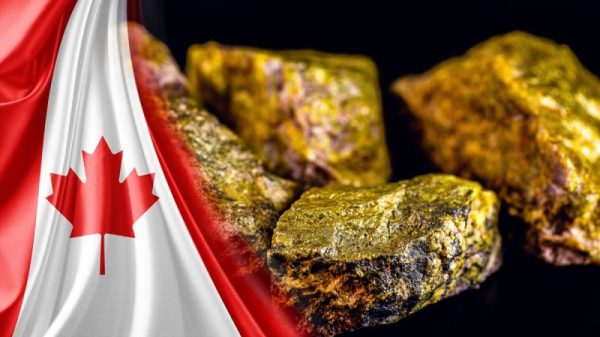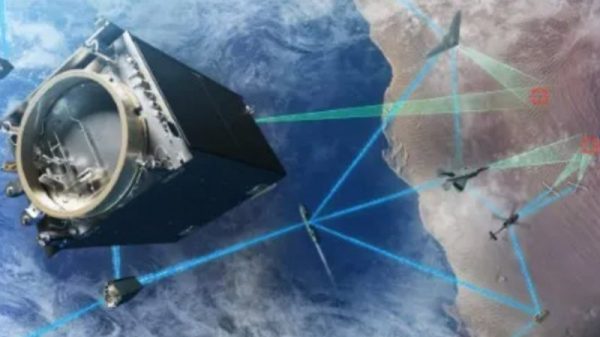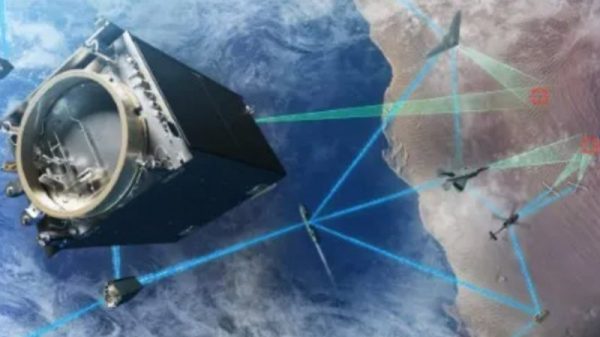With freezing temperatures of down to minus 40 degrees Celsius (minus 40 degrees Fahrenheit) and vegetation hundreds and sometimes thousands of meters below the mountain tops, the summits of the Andes mountains maintain an extremely harsh environment.
So how did a species of leaf-eared mouse make this barren land their home?
That is the question a team of scientists from Argentina, Chile, Bolivia and the United States are looking to answer after discovering 13 mummified mice at elevations above 6,000 meters (19,685 feet) in the Atacama Plateau of Chile and Argentina. Their discovery further proves the species is the world’s highest dwelling mammal, according to the study recently published in Current Biology.
The mice, called Phyllotis vaccarum, are commonly found living in the Andes mountains at lower elevations, all the way down to sea level. In 2020, a living mouse was recorded at the summit of Llullaillaco, a volcano with an elevation of 6,739 meters (about 22,110 feet) on the border of Chile. It currently holds the world record for highest living mammal, said Jay Storz, co-study author for the new and 2020 studies.
The discovery of the living mouse spurred Storz to conduct expeditions at 21 different volcanoes. The 13 mummified mice were found on the Salín, Púlar and Copiapό volcanoes.
“Every time that we’ve found anything at those super extreme elevations, we’re completely blown away,” said Storz, a biology professor at the University of Nebraska-Lincoln. “It’s really hard to overstate how inhospitable these environments are.”
On the summit of these volcanoes, each breath of air only contains about 40% of the oxygen that is available at sea level, Storz said. The temperatures also rarely rise above freezing, and the wind forces are extremely strong, once recorded at over 116 miles per hour from a National Geographic weather station at 6,505 meters (21,342 feet).
Furthermore, the environment has been described to be Mars-like. In 2021, NASA researchers had studied the environment in efforts to “understand how the building blocks of life might respond to Martian conditions over time,” according to its website.
Freeze-dried mouse mummies
While the conditions are not ideal for living creatures, they create perfect conditions for preservation, as the mice are essentially freeze dried, Storz said. In normal circumstances, mummified mice are hard to come by since most deaths are caused by predators. But high up in the mountains, the mice have no predators.
The researchers performed radiocarbon dating — a method that uses the amount of carbon from organism material to estimate its age — which indicated the oldest mummies to be no more than 350 years old, while some could have recently died, according to the study.
Storz pointed to previous reports of the rodent, where archaeologists had thought the mice to be used as a part of Incan rituals. Since the samples are not as old as the Inca civilization (over 500 years), that theory has been ruled out.
“It’s still a mystery as to why they’re there — why they would ascend to these extreme elevations — but it’s also clear that they got there on their own,” Storz said, who also noted that the team found evidence of active burrows at the high elevations.
The team of researchers are currently conducting research on 31 live-trapped mice, including the record-holder mouse, to attempt to understand how the species can survive in the extreme conditions, Storz said. The research will also include analyses of their gut contents to find what the mice have been eating.
A second theory is that plant fragments, small insects and other dietary resources are carried to the top of the mountains by the wind, Fabián-Ruperto said.
“Life at such high elevations was believed to be impossible for mammals,” Fabián-Ruperto said, who was not involved in the study. “These observations surpass previous records in the Himalayas and other mountain ranges, challenging what we thought we knew about species’ survival capabilities.”
Life finds a way in extreme environments
The leaf-eared mouse weighs an average of 55 grams (about 1.9 ounces). With further research, scientists are hoping to learn how the tiny mouse can maintain a steady body temperature at such high altitudes, when the rate of heat loss could succumb the mouse to hypothermia and death within minutes, Fabián-Ruperto said.
One main reason for the species’ success could be its adaptability in higher altitudes, where the mice have been observed to be active during the daytime, instead of nocturnal like its lower-altitude counterparts, Storz said.
“Life always seems to find a way no matter how hostile the environment might be,” Storz said. He hopes this discovery illuminates how evolution can equip animals to live in environments originally thought to be uninhabitable.






































